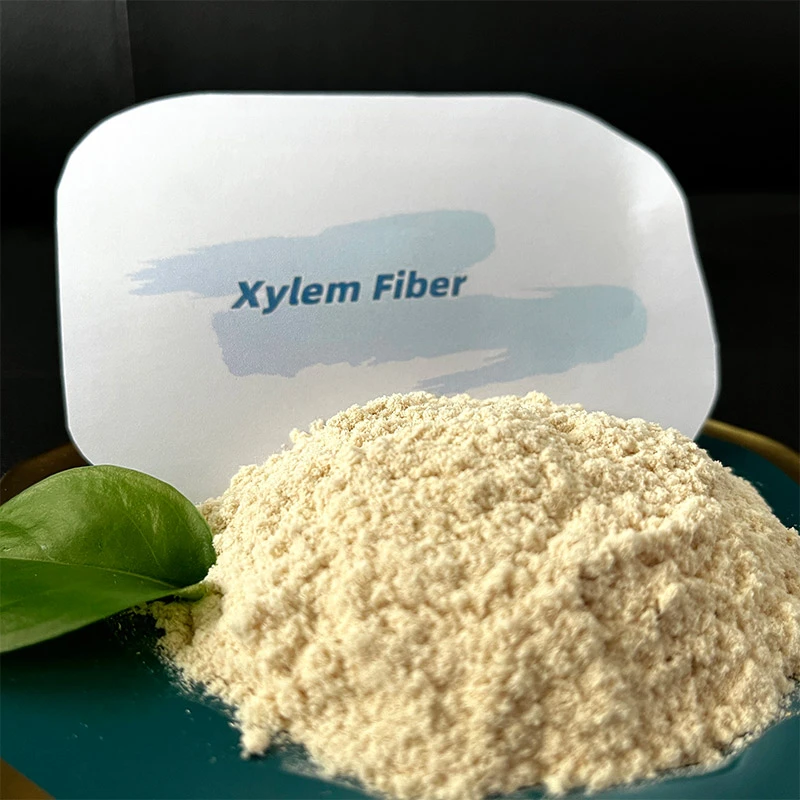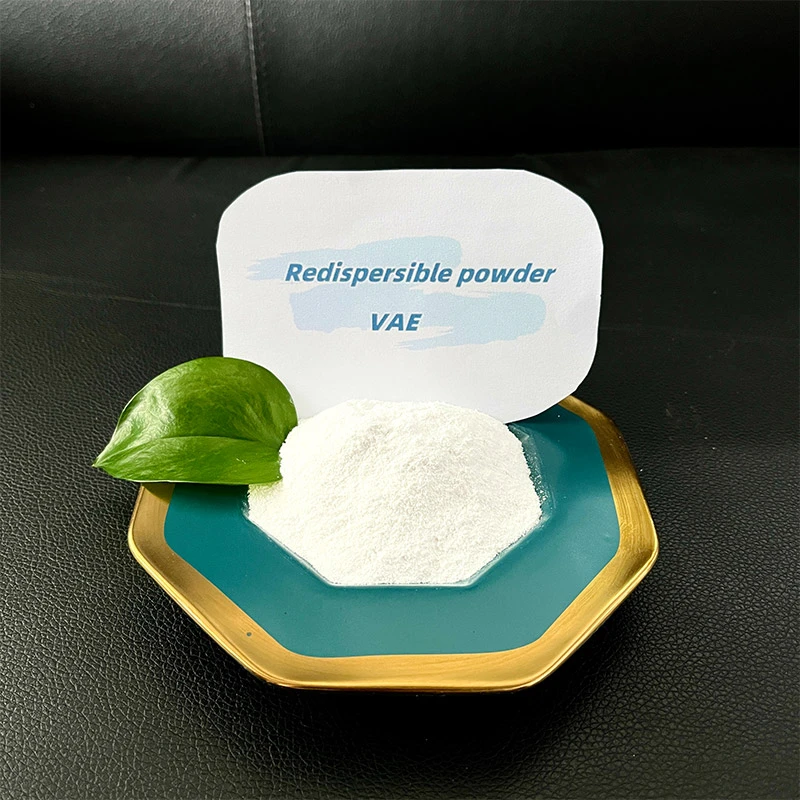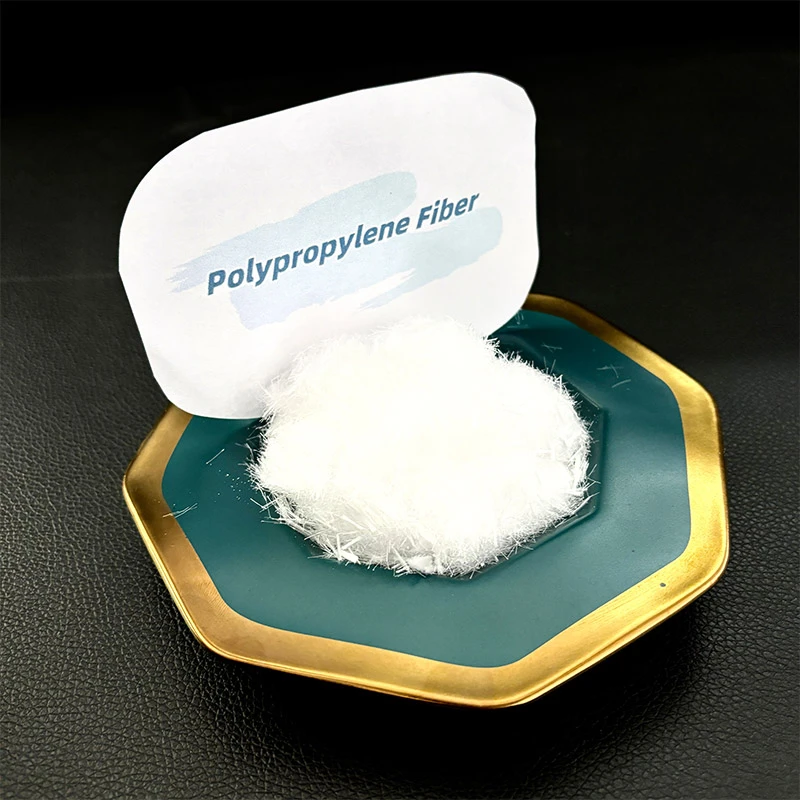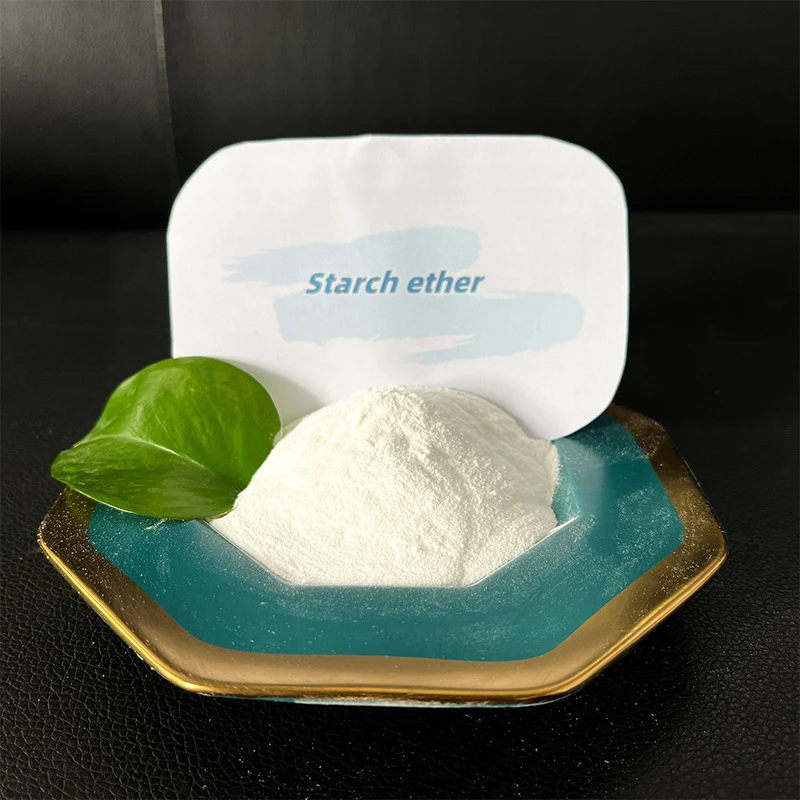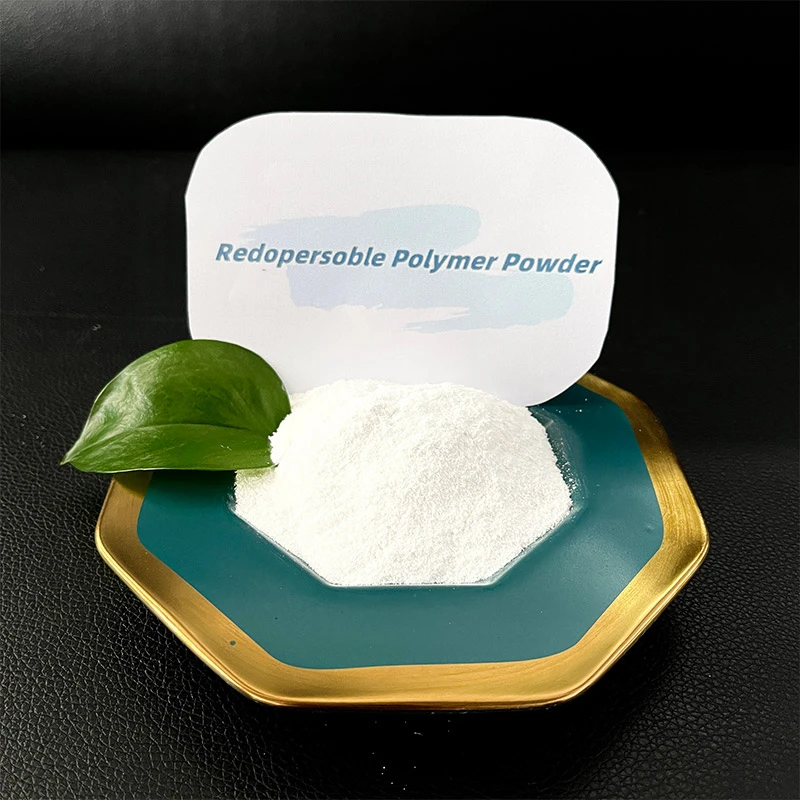
-

Wedzera: HeBei ShengShi HongBang Cellulose Technology CO.,LTD.
-

Email
13180486930@163.com -

TAURA NESU
+86 13180486930

Properties of Starch Ether
The unique behavior of starch ether in construction chemistry stems from deliberate modifications to the natural starch molecule. Derived from renewable plant sources like corn, potato, or tapioca, native starch possesses limited utility in demanding building applications due to its sensitivity to water, temperature, and enzymatic degradation. Through controlled chemical etherification – introducing alkyl or hydroxyalkyl groups (e.g., methyl, hydroxyethyl, hydroxypropyl) onto the glucose units – the resulting starch derivatives gain transformative properties. This process fundamentally alters the starch granule, enhancing water solubility, stabilizing viscosity, and imparting resistance to retrogradation (recrystallization) and enzymatic attack. Key among these starch derivatives ndizvo hydroxyethyl starch, where hydroxyethyl groups are grafted onto the backbone. This modification significantly boosts cold water solubility, improves electrolyte tolerance (crucial in cement systems), and enhances thermal stability compared to methylated counterparts. The molecular architecture dictates critical performance aspects like thickening efficiency, water retention capacity, adhesion promotion, and film formation – making starch ether a versatile and sustainable cornerstone in modern dry-mix mortars and plasters.
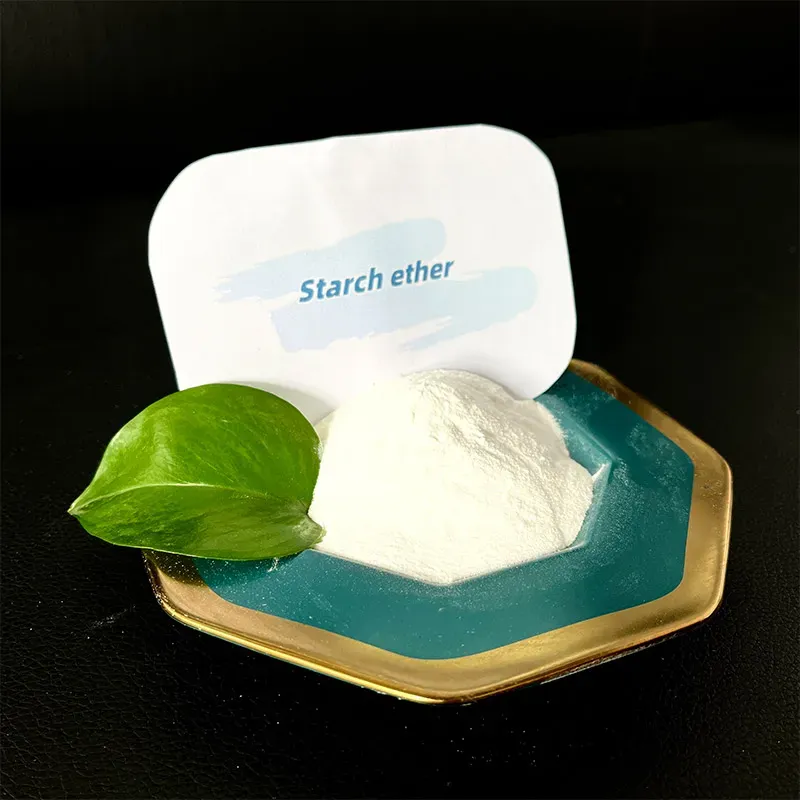
Performance Advantages of Hydroxyethyl Starch in Mortars
Hydroxyethyl starch exemplifies the optimized performance achievable within the starch ether family, offering distinct benefits for cementitious and gypsum-based systems:
Superior Water Retention: Like all effective starch derivatives, hydroxyethyl starch significantly reduces water loss to porous substrates and evaporation. This ensures prolonged water availability for complete cement hydration or gypsum crystallization, preventing premature drying, plastic shrinkage cracking, weak surfaces, and poor adhesion. Its structure provides excellent film-forming ability over pore surfaces.
Efficient Thickening and Rheology Control: Hydroxyethyl starch acts as a potent thickener, rapidly developing viscosity upon contact with water. This imparts desirable consistency, improving sag resistance on vertical surfaces, enhancing cohesion to reduce splatter, and providing smooth, buttery workability for troweling. The viscosity profile is often more stable under varying pH and salinity compared to some other starch ether types.
Enhanced Adhesion and Cohesion: By forming flexible films at interfaces and within the mortar matrix, hydroxyethyl starch promotes stronger adhesive bonds to substrates (like concrete, brick, or insulation boards) and increases the internal cohesion of the material itself. This is vital for tile adhesives, renders, and plasters.
Improved Open Time and Workability: Certain starch derivatives, particularly hydroxyethyl starch, can offer a beneficial balance between early viscosity build-up and extended workability. They help maintain plasticity and toolability longer than some cellulose ethers alone, allowing applicators more time for adjustment, especially in tile setting or large plaster areas.
Synergy with Other Additives: Hydroxyethyl starch often exhibits excellent compatibility with common mortar additives like cellulose ethers, redispersible polymer powders, and air-entraining agents.
Distinctive Benefits of Starch Derivatives Over Synthetic Polymers
While synthetic polymers dominate some sectors, starch derivatives offer compelling advantages driving their adoption in building materials:
Renewable and Sustainable Origin: Derived from annually renewable plant biomass, starch ether boasts a significantly lower carbon footprint compared to petroleum-based synthetics. This aligns strongly with growing demands for sustainable construction practices and green building certifications.
Biodegradability: At the end of a building's life cycle, mortars containing starch derivatives offer improved potential for biodegradation compared to purely synthetic polymer-modified materials, reducing long-term environmental burden.
Cost-Effectiveness: Generally, starch ether provides a more economical solution per unit of performance, particularly regarding water retention and thickening, compared to equivalent dosages of many synthetic cellulose ethers or redispersible powders. This enables formulators to achieve target performance at lower overall additive cost.
Low Dusting and Improved Handling: Many starch derivatives are available in granular or agglomerated forms, significantly reducing dust generation during handling and mixing compared to fine cellulose ether powders, improving workplace conditions.
Reduced Stickiness: Mortars modified with specific starch ether types, especially some hydroxyethyl starch grades, can exhibit less surface stickiness during troweling compared to mortars heavily reliant on certain cellulose ethers, leading to a smoother finish.
FAQs about Essential Starch Ether
How does hydroxyethyl starch compare to standard starch ether?
Hydroxyethyl starch represents a specific, high-performance category within starch ether. The key difference lies in the etherification group: hydroxyethyl versus methyl or others. This hydroxyethyl group grants hydroxyethyl starch superior cold-water solubility, better tolerance to dissolved salts and ions (common in cement systems), higher viscosity stability across a broader pH range, and often enhanced resistance to enzymatic breakdown compared to methyl starch ether. These properties make hydroxyethyl starch particularly suitable for demanding cementitious applications where consistent performance is critical.
Are starch derivatives strong enough for structural applications?
Starch derivatives like starch ether are primarily functional additives, not strength-enhancing agents. Their core role is to improve fresh mortar properties (workability, water retention, adhesion) and reduce cracking. While they contribute to better hydration and cohesion, which indirectly support strength development, they do not significantly increase the ultimate compressive or flexural strength of hardened concrete or mortar like specific synthetic polymers might. Their use is most valuable in non-structural applications like tile adhesives, renders, plasters, joint compounds, and repair mortars where workability and durability are paramount.
Will using starch ether make my mortar biodegradable?
Incorporating starch ether enhances the potential for biodegradability compared to mortars relying solely on synthetic polymers. The starch derivatives component is inherently biodegradable under suitable environmental conditions (presence of microorganisms, moisture, oxygen). However, the mortar matrix itself, dominated by cement or gypsum and aggregates, is mineral-based and degrades very slowly through physical and chemical weathering, not biological processes. Therefore, while the organic additive fraction biodegrades more readily, the entire mortar piece does not become "biodegradable" in the common sense. It contributes to a reduced environmental footprint but doesn't eliminate the need for responsible demolition and disposal practices.
Can starch ether completely replace cellulose ether?
Apo starch ether, particularly hydroxyethyl starch, offers overlapping functionalities with cellulose ethers, complete replacement is often not straightforward or optimal. Starch derivatives excel in water retention and are highly cost-effective thickeners. However, cellulose ethers frequently provide superior film strength, better enzyme resistance in cement, and more predictable retardation profiles. The most effective strategy is often synergistic blending. Starch ether can replace a significant portion of the cellulose ether in many formulations, maintaining key performance aspects like water retention and workability while achieving substantial cost savings and leveraging sustainability benefits. The optimal ratio depends heavily on the specific application and performance requirements.
Does temperature significantly affect starch ether performance?
Yes, temperature significantly impacts starch ether performance. High ambient temperatures accelerate the setting of cementitious materials and increase water evaporation rates.
The unique properties of starch ether, exemplified by specialized variants like hydroxyethyl starch, have secured its vital role in modern, sustainable building material formulations. As a key category of starch derivatives, it delivers indispensable functions: exceptional water retention safeguarding against cracking and ensuring proper hydration, efficient thickening for superior workability and sag resistance, and enhanced adhesion for durable bonds. Its renewable origin and biodegradability profile offer a compelling environmental advantage over purely synthetic alternatives, aligning with the construction industry's increasing sustainability mandates.
-
Rubber Powder Durability in ConstructionNewsJun.26,2025
-
Insulation Material Polypropylene FiberNewsJun.26,2025
-
How to Utilize Hydroxymethyl Cellulose EffectivelyNewsJun.26,2025
-
Eco-Friendly Redispersible Polymer PowderNewsJun.26,2025
-
Benefits of Plaster RetardersNewsJun.26,2025
-
Why HPMC for Sale Is EssentialNewsJun.05,2025
-
The Role of Retarder in GypsumNewsJun.05,2025







